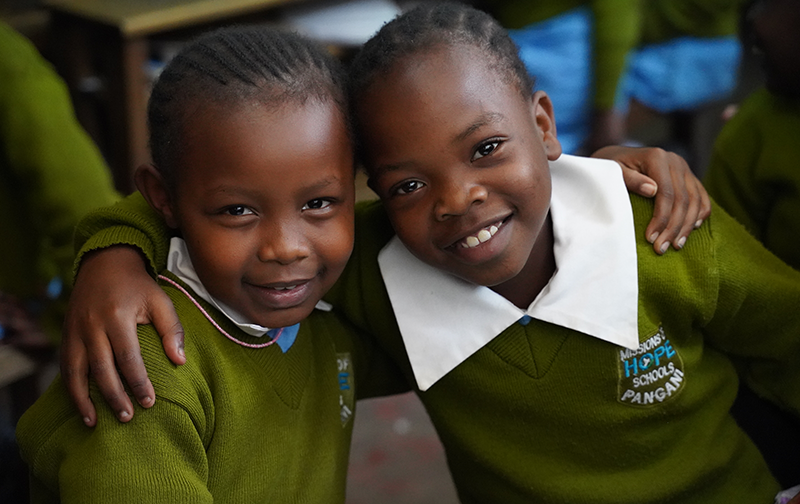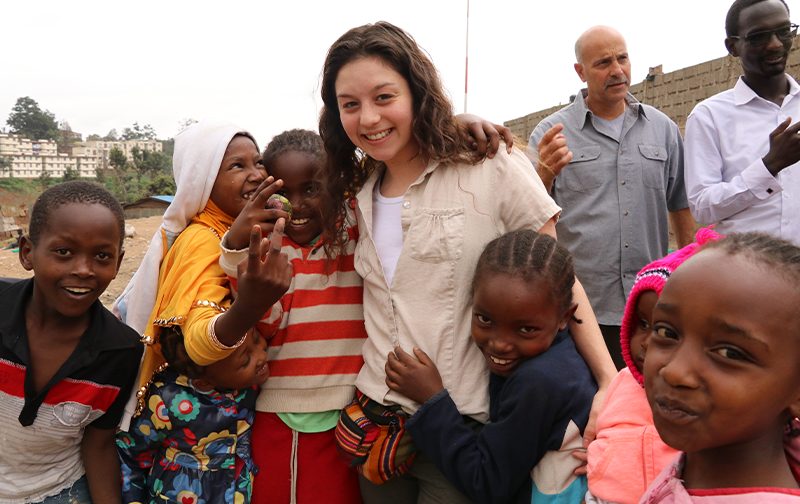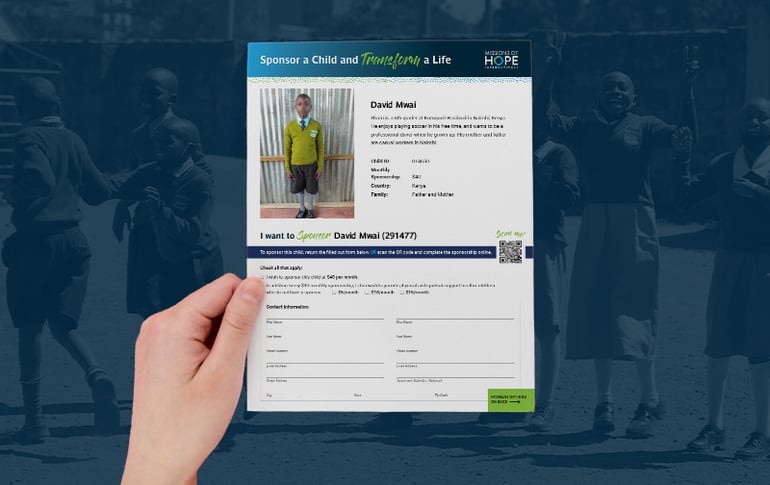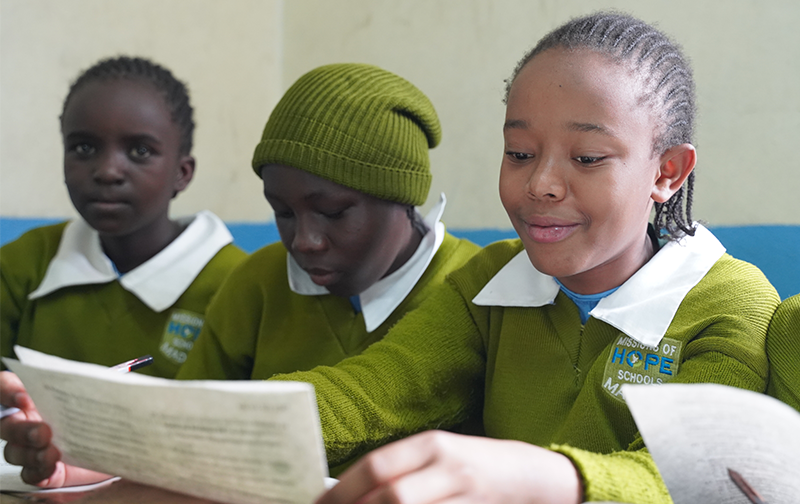
How to Sponsor a Child in Africa
So you want to sponsor a child in Africa — congratulations! It’s a wonderful and rewarding way to change someone’s life for the better.
Perhaps you feel a sense of compassion and empathy for children in need, want to help alleviate poverty, or simply believe in the importance of education and opportunities for children in developing countries. Whatever your reason, a sponsorship can have a huge impact.
Child sponsorship programs allow individuals to provide financial support to programs helping children in areas facing severe poverty. This can help provide education, food, clothing, an improvement in living conditions, and assist with medical care. It also allows sponsors a connection with other cultures and a better understanding of global issues such as poverty.
So how do you get started? Thankfully, sponsoring a child is fairly straightforward, but there are some key things to keep in mind now that you’ve decided to make a difference.
Research and compare different child sponsorship organizations
Begin by looking for reputable organizations that have experience working in the countries you are interested in, and that have programs that align with your values and goals.
Where do you feel called to serve most? For instance, some sponsorship programs focus on serving in conflict and war zones, some focus on female empowerment, while others are faith-based. You can start learning about specific organizations by searching online, or asking for recommendations from friends or family
Consider some of the following factors as you make your decision:
- Transparency — do they provide clear, consistent communications and updates? Is it easy to contact the organization?
- Financial accountability — do they provide annual audits and financial reports? Are they accredited by third party organizations?
- Strategy — what do they focus on doing? How do they do it?
- Results and impact — how do they measure success? How do you know change is happening?
- Beyond the “what” and the “how” - why do they do what they do? And how does that connect with you?
- Communication with the child — are you connected 1-to-1 with a child? Can you write or send gifts? Can you visit?

Review the sponsorship options
Sponsorship costs can vary widely. For instance, some organizations allow multiple sponsors to sponsor a single child, each paying for part of a sponsorship. Some sponsorship rates are higher if the child is in boarding school, or lives in special housing.
Make sure to find one that fits your budget. Since sponsorships are generally ongoing, it’s best to pick a monthly amount that you find sustainable.

Choose a child to sponsor
Once you have chosen an organization and a donation amount, you will likely have the opportunity to choose a specific child to sponsor. This is true of nearly all sponsorship organizations.
With all the need, how do you choose who you want to sponsor? People sometimes connect with a child based on their name, a shared birthday, or their desired occupation. Sometimes people sponsor children that are similar ages to their own children.
Other times, people connect with specific needs — for instance, children with special needs, or children who have been waiting the longest for a sponsor.
It helps to have clear information about the children the sponsorship program is working with. For example, if you sponsor a child through MOHI, we provide you with photos and profiles of all the children in our program, so you can get to know the child you are sponsoring before you decide.

Complete the sponsorship setup process
This will involve signing up for the program, and providing some personal and payment information.
You may also want to download the organization’s mobile app, if they provide one. This can simplify things like communicating with the child you’re sponsoring, managing payments, and contacting the organization.
Start your sponsorship
Once you’ve signed up, you will most likely receive any additional information about the child you have sponsored, along with information on how you can communicate with the child, and how your sponsorship money is being used.
A great sponsorship organization should keep you informed about the work they’re doing, and any big updates about the child you’ve sponsored, so you can easily see the impact of your sponsorship.
Stay connected with the child
Many sponsorships include the option for you to write letters and exchange photos with the child. Make sure to follow up on the child's development and stay informed about their lives in general.
On another note, some sponsorship programs in Africa face issues where the child doesn’t speak the same language as the sponsor. Since MOHI focuses primarily on Kenya, where English is widely spoken, sponsors have a much easier time corresponding with sponsored children.
However, in most programs there are translators on the other end to help coordinate the communication if there is a language barrier.

Sending letters to a sponsored child is a rewarding way to build enriching relationships that could last a lifetime. It’s an enriching way to learn about the child’s life, their culture, their family, and hear about the ways their lives are changing. Even within a single African country, communities and cultures can be incredibly distinct from one another — you might be surprised how much you learn!
Remember, you have more to offer than just funding: you can provide emotional support, friendship, encouragement, and mentorship too. The funds are important, but building a positive relationship with your sponsored child is an opportunity to expand your impact and make an even more meaningful difference in a child’s life.
Ready to make a difference?
With sponsorship, you're coming alongside a child and helping to provide a chance for a better life, and a better future. Continue to educate yourself about their story, their way of life, their country, and consider how you might make a bigger impact.
It’s wonderful that you want to create positive change in a child’s life — just don’t be surprised if it changes you too along the way.

Comments